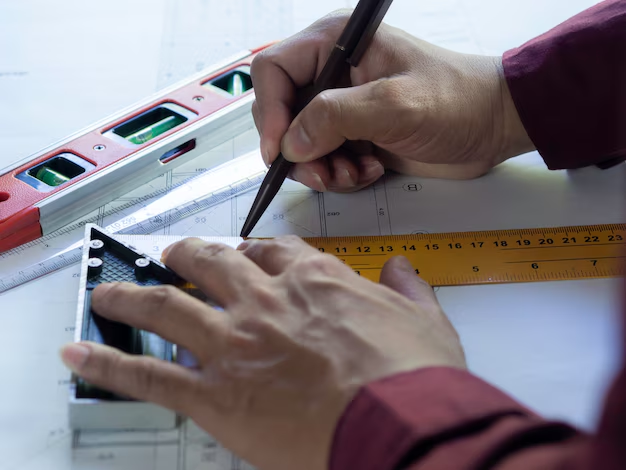Understanding Roof Square Footage: A Simple Guide
Calculating the square footage of a roof is essential whether you're planning a renovation, ensuring proper insulation, or replacing old shingles. Having the correct measurement can save you time and money, ensuring you purchase the right amount of materials. Here’s a straightforward guide to help you measure your roof accurately.
Step 1: Gather Your Tools
Before climbing up, ensure you have the proper tools:
- Tape measure: A long one that extends to at least the longest part of your roof.
- Safety gear: Think hard hats, non-slip shoes, and possibly a harness.
- Notepad and pencil: To jot down measurements.
Step 2: Measure Roof Sections
Identify each section of the roof since your roof may not just be one flat plane. Roofs often have multiple facets or sections due to their shape and design.
Flat Roofs: Simply measure the length and width, then multiply these numbers together. For example, if your roof is 30 feet long and 20 feet wide, your calculation will be:
[30 ext{ ft} imes 20 ext{ ft} = 600 ext{ square feet}]Sloped Roofs: Measure each side of the roof separately, including any trapezoidal sections due to gables and dormers. For each section:
- Measure the base and the height of the section.
- Use the formula for area:
[ ext{Area} = ext{Base} imes ext{Height} imes cos( heta) ]
where ( heta) is the roof's pitch angle. If you don’t have the pitch, measure the roof’s rise and run, and use an online calculator to find the angle or consult the pitch tables.
Complex Roofs: Break the roof down into simpler shapes like rectangles and triangles, measure each, calculate their areas, and sum them up.
Step 3: Consider the Roof’s Pitch
For roofs with a steep pitch, you’ll need to increase your calculated area. Use a pitch multiplier:
- Low slope (up to 3/12 pitch): Multiply by 1.09
- Medium slope (4/12 to 7/12 pitch): Multiply by 1.16
- Steep slope (8/12 and above): Multiply by approximately 1.22
This accounts for extra material needed due to the slope.
Key Points to Remember
- Accurate measurements prevent overbuying or underbuying of materials.
- Safety first: Never sacrifice safety for a quick job.
- If unsure, consult a professional.
Once you have your roof’s total square footage, you may start budgeting for materials like shingles, underlayment, and nails. This is where financial planning and support may come into play if costs are higher than anticipated.
Additional Financial Considerations
Replacing or repairing a roof can be costly, and understanding available financial aids can be crucial. Here are some resources that might help:
- 🛠️ Home Improvement Grants: Financial assistance for home repairs, often provided by local governments.
- 💡 Energy Efficiency Rebates: For upgrades that improve your home's energy efficiency, reducing utility bills.
- 🏠 Federal Housing Assistance Programs: Such as FHA loans that can help cover renovation costs.
- 🔖 Low-Interest Credit Solutions: Credit cards with promotional zero or low-interest rates on purchases.
- 🔄 Debt Management Plans: To consolidate high-interest debts, potentially freeing up cash for repairs.
Exploring these opportunities ensures your home—and your finances—stay in good health. Whether it’s applying for a grant or seeking a credit solution, understanding your options can turn roof refurbishment from a daunting task into a manageable project.
